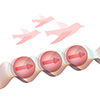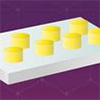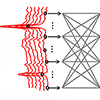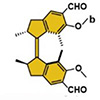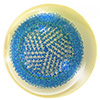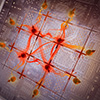Foodborne illness
Foodborne illness (also foodborne disease and colloquially referred to as food poisoning) is any illness resulting from the spoilage of contaminated food, pathogenic bacteria, viruses, or parasites that contaminate food, as well as prions (the agents of mad cow disease), and toxins such as aflatoxins in peanuts, poisonous mushrooms, and various species of beans that have not been boiled for at least 10 minutes.
Symptoms vary depending on the cause but often include vomiting, fever, and aches, and may include diarrhea. Bouts of vomiting can be repeated with an extended delay in between, because even if infected food was eliminated from the stomach in the first bout, microbes, like bacteria (if applicable), can pass through the stomach into the intestine and begin to multiply. Some types of microbes stay in the intestine.
For contaminants requiring an incubation period, symptoms may not manifest for hours to days, depending on the cause and on quantity of consumption. Longer incubation periods tend to cause sufferers to not associate the symptoms with the item consumed, so they may misattribute the symptoms to gastroenteritis, for example.
Check out these latest Nanowerk News:

